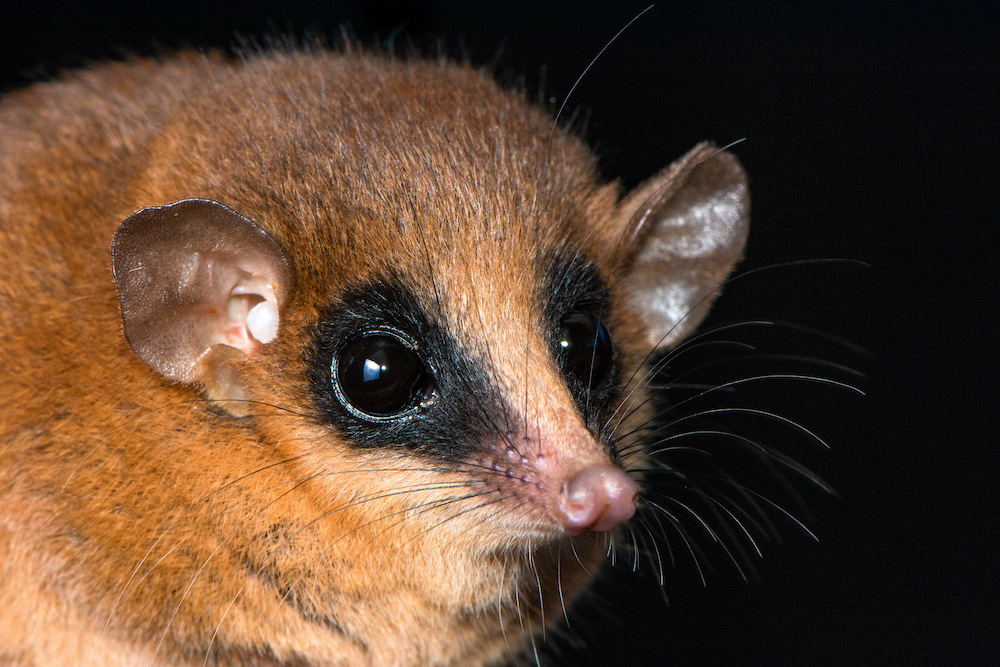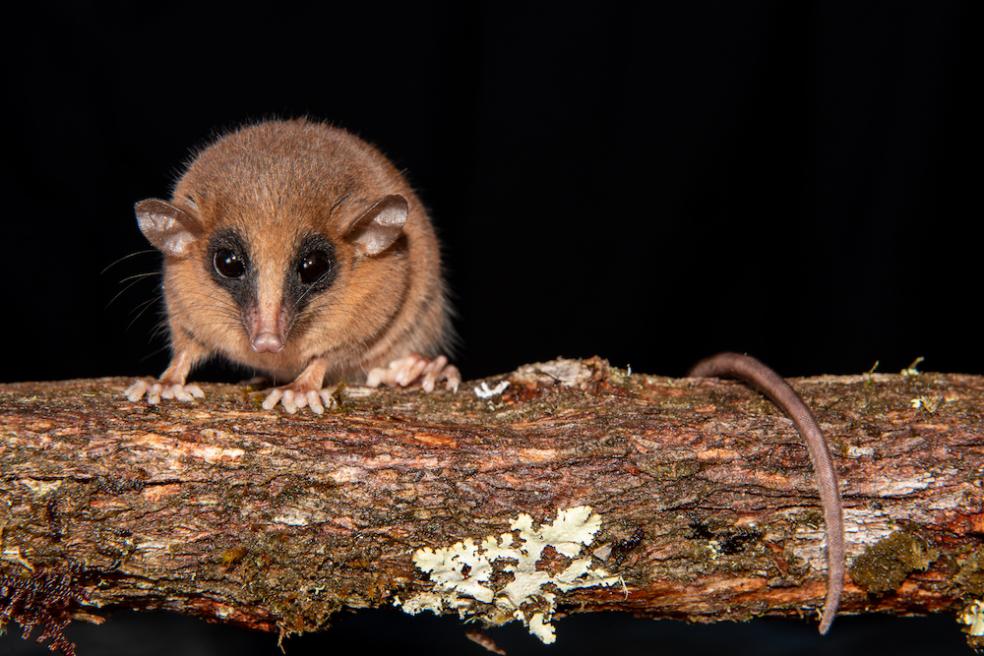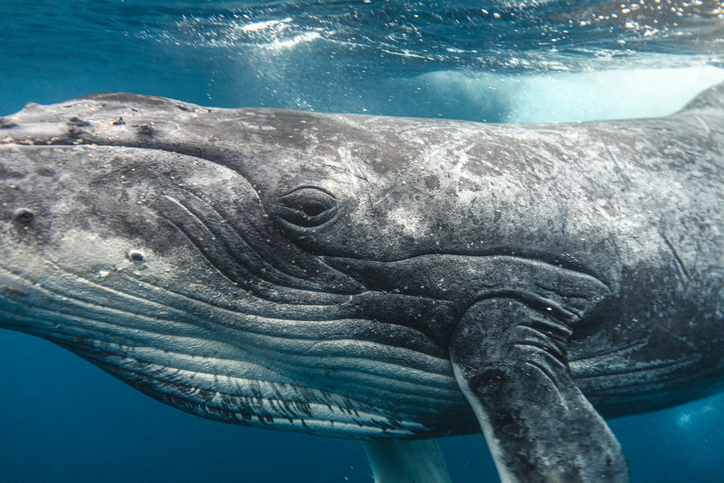This newly discovered mammal species may be just 4 inches long, yet it boasts immeasurable cuteness. Marmosa chachapoya, a red-furred, pointy-nosed creature from Peru’s Río Abiseo National Park, was first seen in 2018 — but scientists have only now identified it as a novel species of opossum.
The critter has several distinct features: red-brown fur with black shading around the eyes (similar to a raccoon’s mask-like appearance); gaps between some of its teeth; a long, narrow snout; and an approximately 6-inch-long tail. Part of the Marmosa, or mouse opossum, genus, the new mammal is a close relative of Marmosa lepida, or Rufous mouse opossums. However, scientists identified that it has unique mitochondrial and nuclear DNA in addition to its external differences.
Marmosa chachapoya was discovered by accident. Silvia Pavan, lead author of a new study on the findings, was on the prowl for an as yet unnamed squirrel species in the eastern Andes when she happened upon the marsupial near an archaeological site. One of several other new-to-science species found during the trip, the creature was located in a protected area with high diversity among mammals, but at an altitude where mouse opossums typically aren’t found.

“I realized immediately that this was something unusual,” Pavan said in a statement. “We know very little about this species, including its natural history and distribution, and only one specimen has been collected so far.”
Meaning “cloud forest,” its name comes from the Chachapoya people, also known as “Warriors of the Clouds,” who resided in the area more than six centuries before the Inca empire. Prior to giving the mammal its moniker, the team analyzed its DNA and compared it to a plethora of specimens from museums around the globe.

Aside from the creature’s cuteness, Pavan noted that the discovery is an exciting step from a biodiversity and conservation standpoint. A UNESCO World Heritage site, the park is home to many endemic animals and plants, including the critically endangered yellow-tailed woolly monkey. And according to Pavan, the recent mouse opossum finding suggests the region hosts more new-to-science species that may need protection.
She said: “It’s a reminder of the critical importance of scientific exploration and conservation in areas like Río Abiseo.”
RELATED: Tiny New Species of Snail With Unusual Shell Named After Picasso












